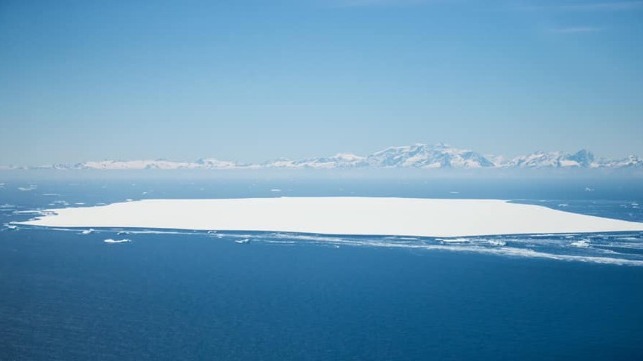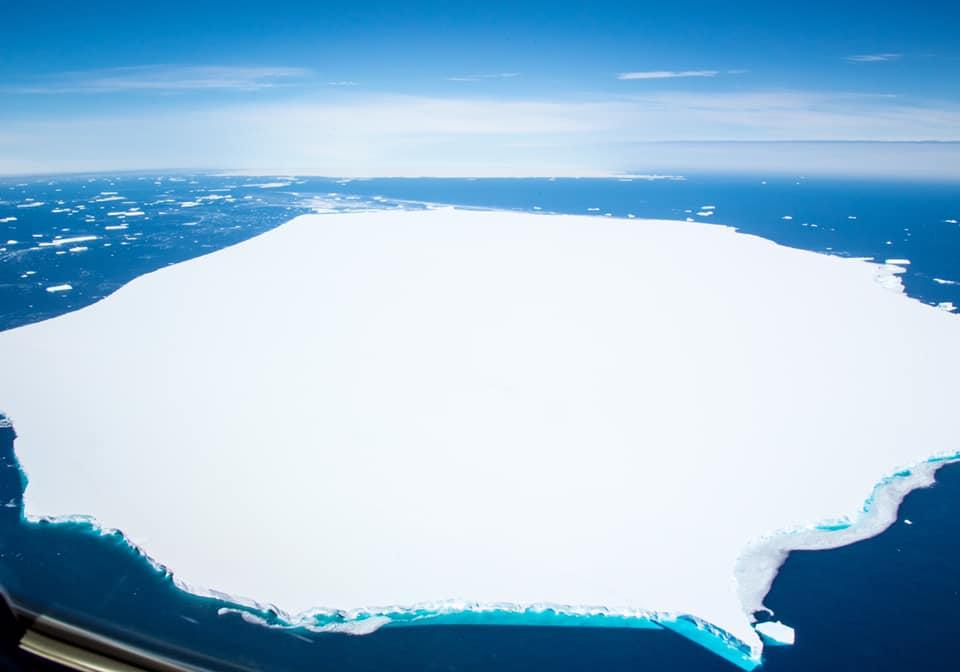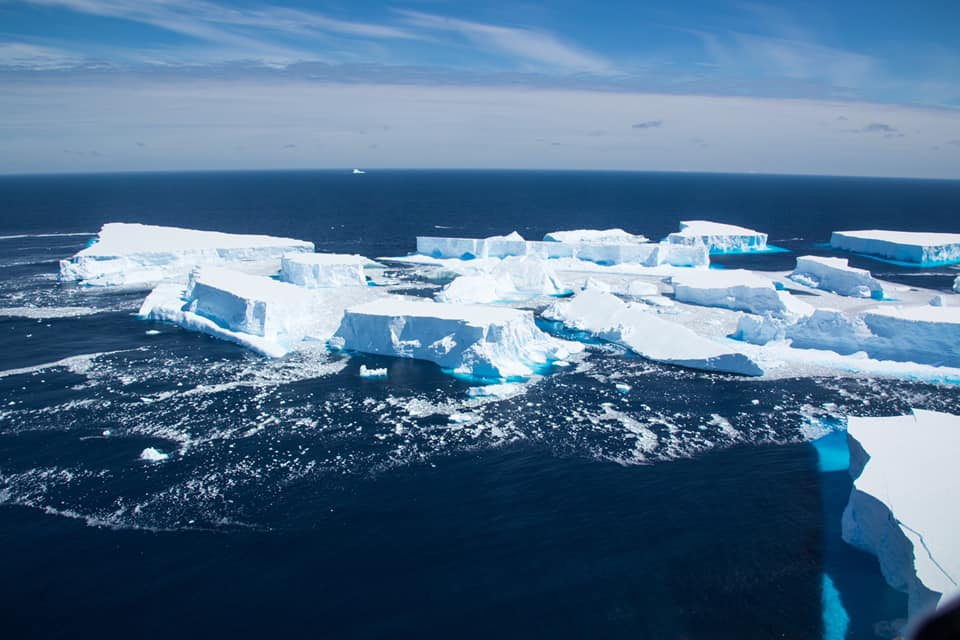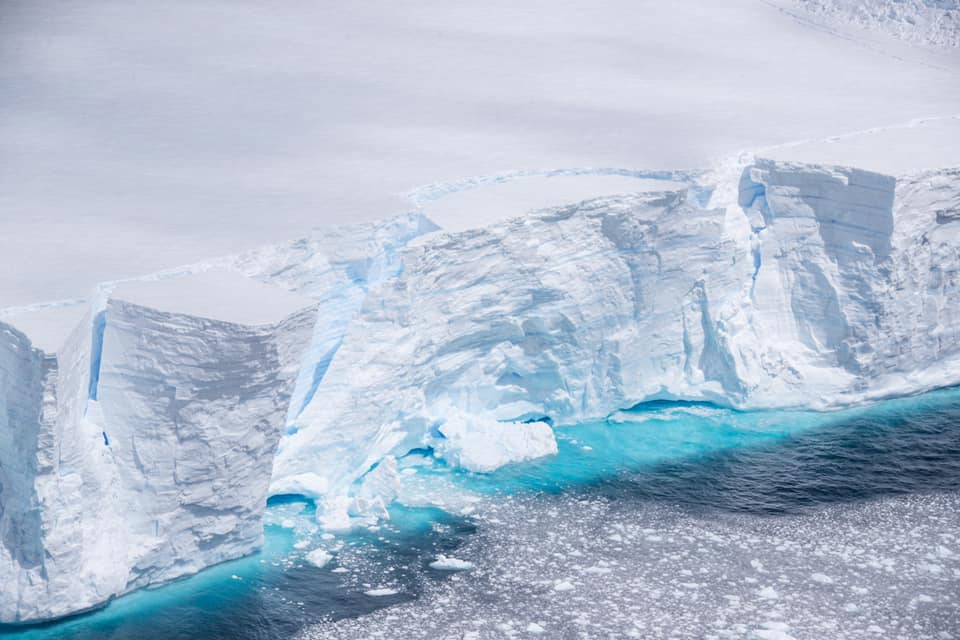World's Largest Iceberg Breaks Apart, Menacing Southern Ocean

Britain’s Royal Air Force released new images of the world’s largest iceberg reporting significant changes confirmed by the British Forces South Atlantic Islands (BFSAI) during its routine patrols of the region. Using an RAF Airbus 400M the crew was able to investigate and photograph changes to the berg known simply as A68a.
Confirmed by recent satellite imagery and overflights by the RAF, the berg is believed to have grounded on the oceanic shelf as it approached South Georgia island and has begun to break apart into several large sections.
BFSAI reports that as the current around South Georgia spun the iceberg, a large section broke off. A new section estimated to measure approximately 55 square miles calved from the northern section of A68a and has now been designated A68d. It is currently approximately 30 nautical miles away from South Georgia.

A68d with A68a visible in the distance - BFSAI photo
“Following the news of the break-up of iceberg A68a, we focused the sortie to capture the first imagery of A68d,” said Flight Lieutenant Stuart Coffey, captain of the A400M. “It was a genuine privilege to be the captain of such an extraordinary sortie and for the crew and I to be involved in such a unique project. We hope that the spectacular photos will contribute greatly to the understanding of the dynamics at play.”
With the backdrop of South Georgia’s mountains, BFSAI said that the new iceberg is an impressive, yet potentially hazardous, addition to the scenery.
The A400M sortie was able to capture the first imagery and video footage of A68d. The true nature of the threat of this iceberg to the wildlife haven of South Georgia is still being assessed, and will attract on-going interest from the Antarctic scientific community during its journey says BFSAI. Further monitoring of A68d will determine whether it is stationary on the shelf or continuing around the island.

Debris breaking away from A68a - BFSAI photo
The original berg, A68a, broke away from the Antarctica ice shelf in July 2017. At the time, scientists estimated its size at nearly 6,000 sq km (approximately 2,300 sq. miles). They said it could weigh more than one trillion tons. Over the past three years, scientists have been closely tracking its progress as it slowly drifts towards the British islands. While the berg decreased by a third to approximately 4,200 sq km (1,600 sq miles) it remained the largest known piece to have broken from the ice shelf in Antarctica. The recent observations reported that A68a continues to drift on the Southern Ocean current on an easterly course.
Commenting on his observations of A68a on this particular sortie, Corporal Philip Dye, BFSAI photographer, said ‘’’It was evident as we rounded the south-eastern corner of South Georgia that the amount of bergy bits and debris had increased significantly in comparison to the previous sorties.’’
The increased number of pieces of ice, which are smaller than the two primary bergs, are considered a menace to shipping and may also pose a threat to the wildlife in the waters and that live in and around the islands.

Debris breaking away from A68a - BFSAI photo

Ever larger fissures and cracks are appearing at the edges of A68a - BFSAI photo
